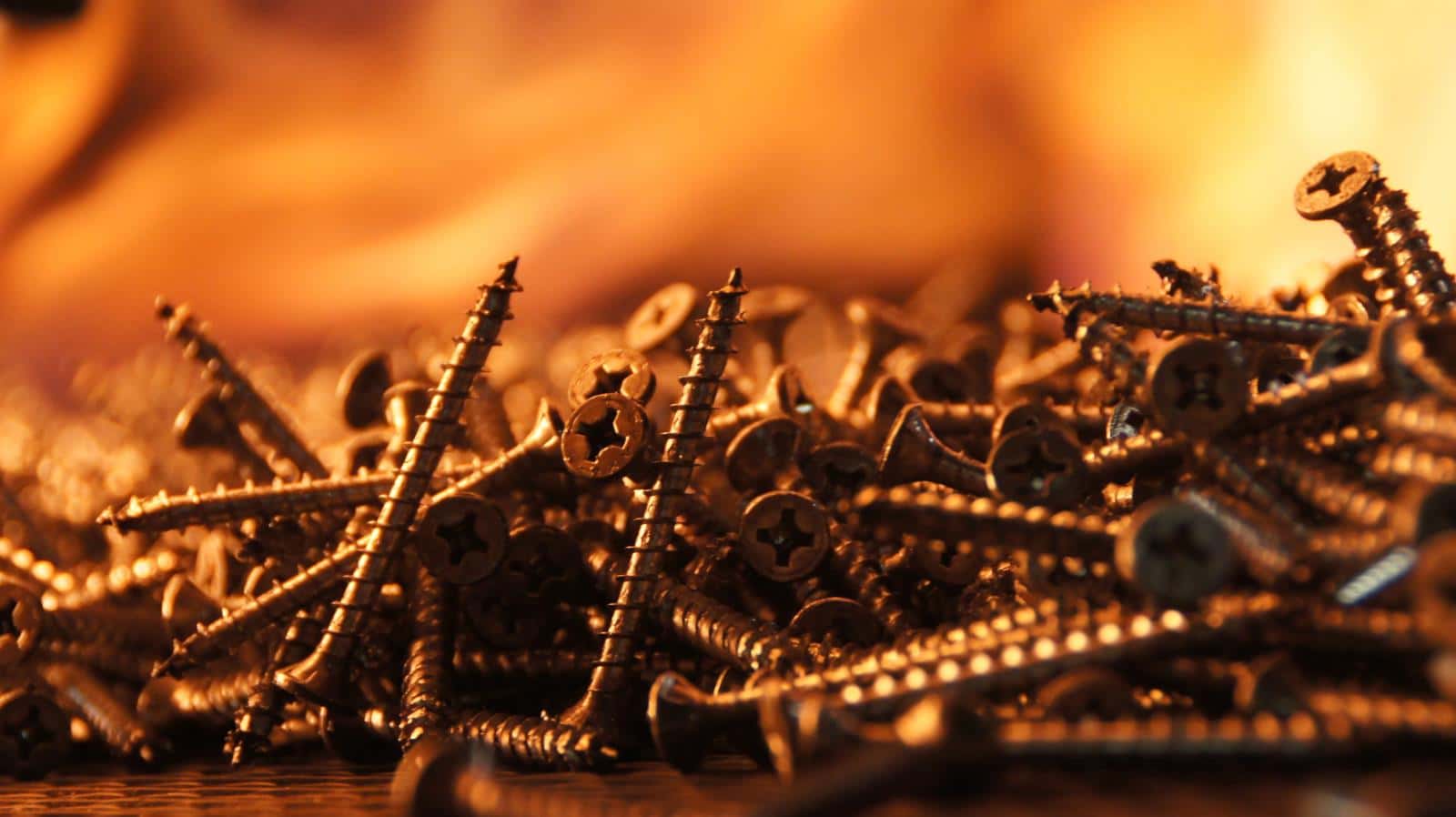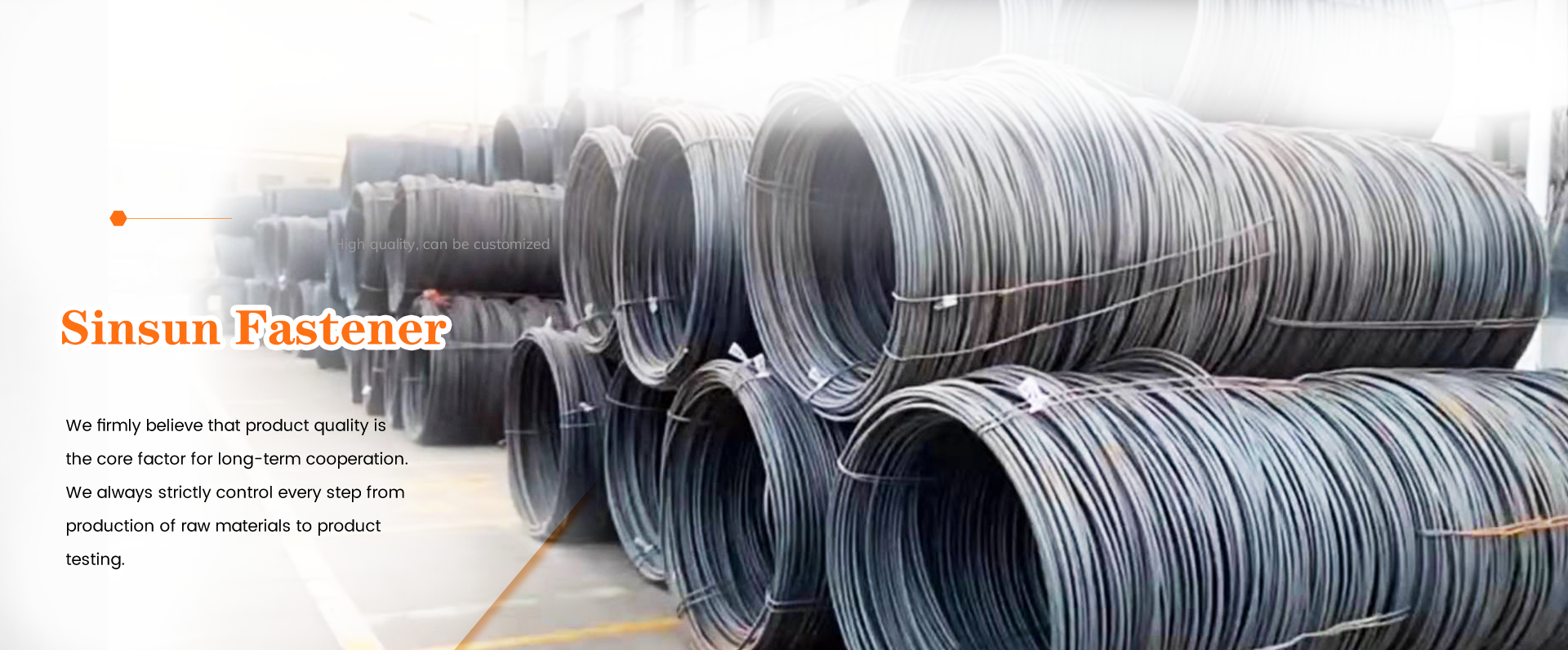When a metal or alloy is in its solid form, heat treatment refers to the process that combines heating and cooling operations. Heat treatment is used to alter the softness, hardness, ductility, stress relief, or strength of fasteners that have undergone heat treatment. Heat treatment is applied to both finished fasteners and the wires or bars that make up the fasteners by annealing them to change their microstructure and facilitate production.
When applied to a metal or alloy while it is still in its solid form, heat treatment combines heating and cooling processes. When dealing with fasteners that have undergone heat treatment, heat treatment is used to produce changes in softness, hardness, ductility, stress relief, or strength. In addition to being heated, the wires or bars that fasteners are made of are also heated during the annealing process in order to change their microstructure and facilitate production.

Systems and equipment for thermal treatment come in a wide variety. The most popular kinds of furnaces used when heat-treating fasteners are constant belt, rotary, and batch. People who use heat treatments are searching for ways to conserve energy and cut utility costs due to the high cost of energy resources like electricity and natural gas.
Hardening and tempering are two terms used to describe the heat process. Following quenching (rapid cooling) by immersing the steel in oil, hardening takes place when particular steels are heated to a temperature that modifies the structure of the steel. Above 850°C is the minimum temperature necessary for structural transformation, though this temperature can change based on the amount of carbon and alloying elements present in the steel. To lessen the quantity of oxidation in the steel, the atmosphere of the furnace is regulated.

Post time: Feb-25-2023

